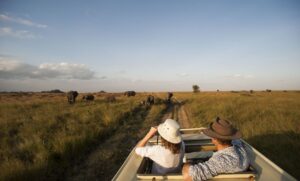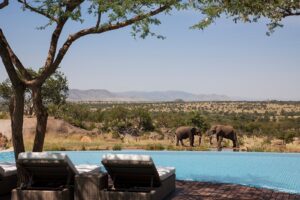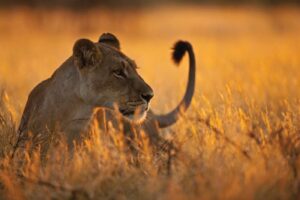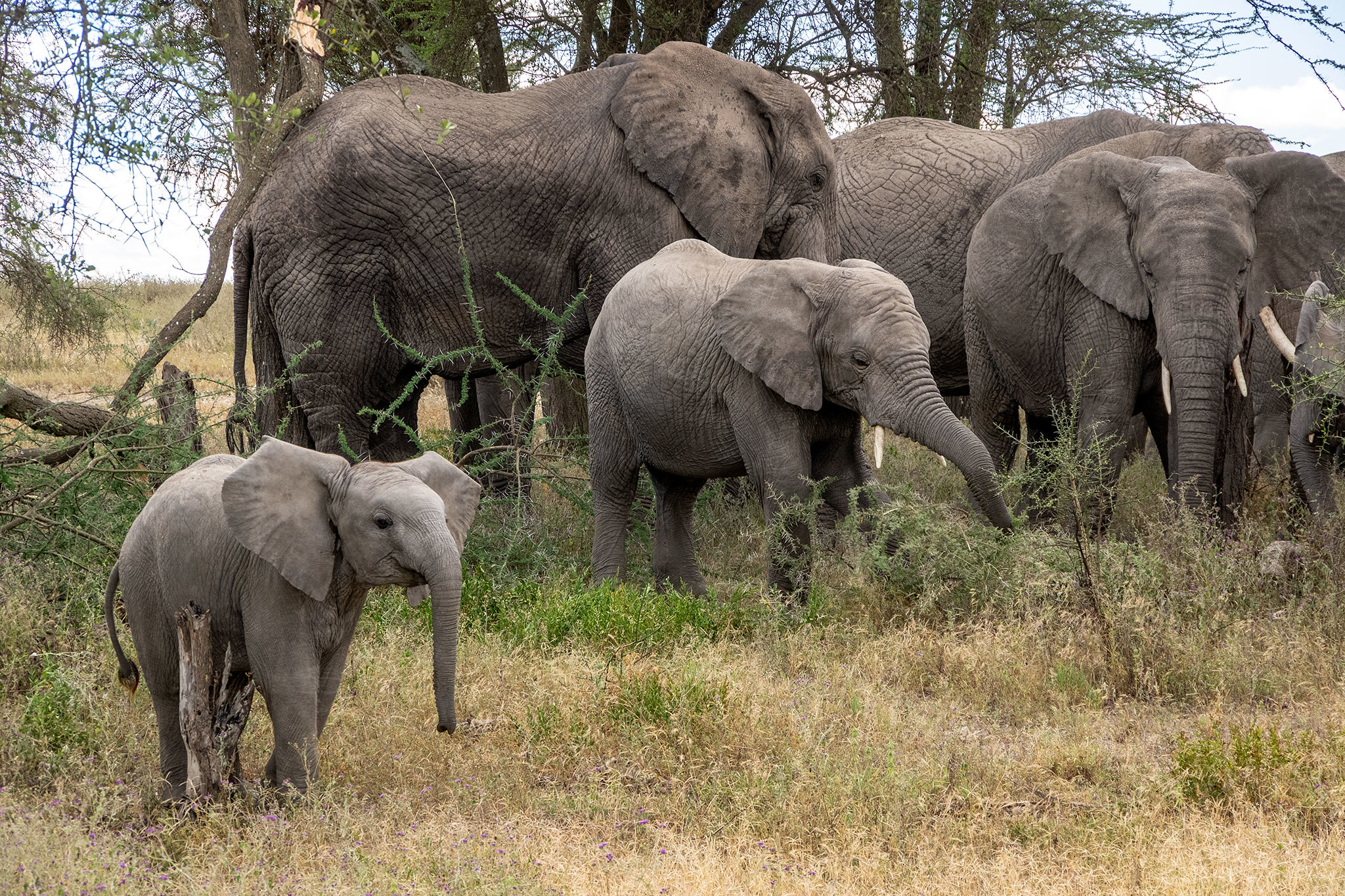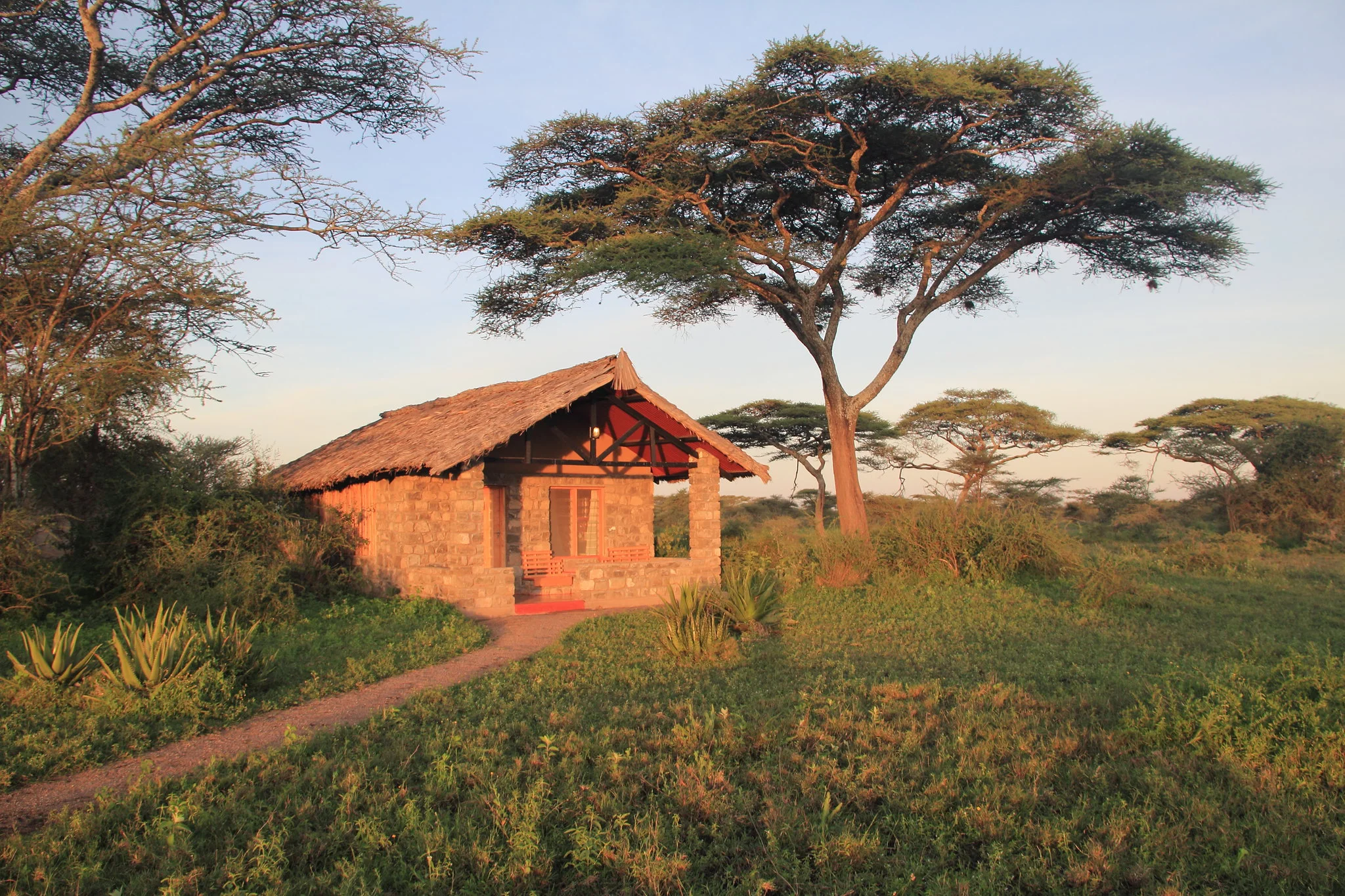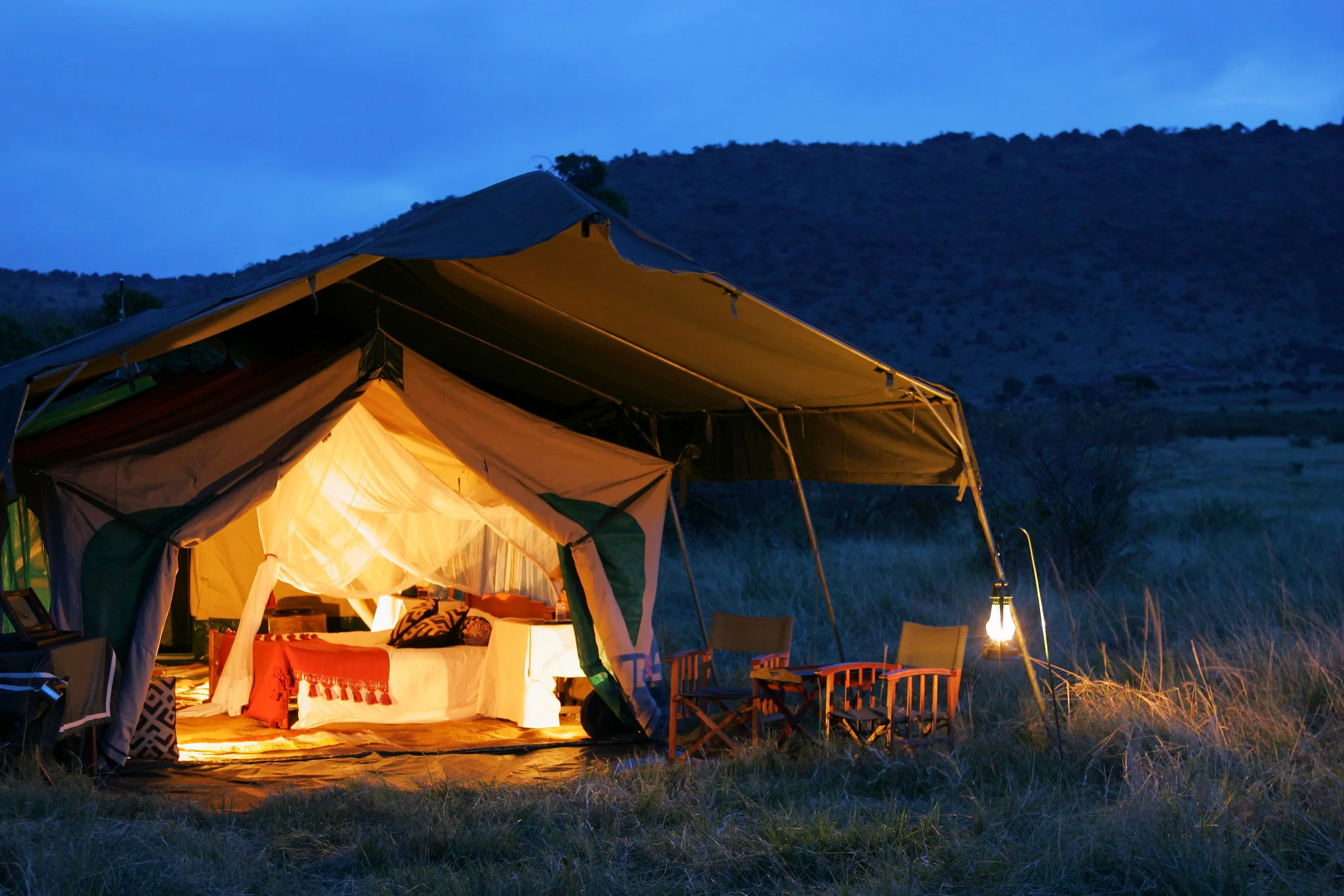Serengeti National Park, located in northern Tanzania, is an iconic wilderness area that has captured the imaginations of travelers, conservationists, and wildlife enthusiasts for generations. Spanning over 14,750 square kilometers, this UNESCO World Heritage Site is synonymous with breathtaking landscapes, extraordinary wildlife, and the world-famous Great Migration.
A Rich Tapestry of Ecosystems:
Serengeti’s diverse landscapes encompass a range of ecosystems, from the vast plains of the Serengeti itself to acacia-studded savannas, riverine forests, and rocky kopjes. Each habitat supports a unique array of wildlife, making it a biodiversity hotspot.
The Great Migration:
Perhaps the most celebrated natural event in Serengeti is the Great Migration. This annual spectacle involves millions of wildebeest, zebras, and other herbivores traveling across the plains in search of fresh grazing grounds. The journey is perilous, as predators like lions, cheetahs, and crocodiles lie in wait. Witnessing this epic migration is a bucket-list experience for many travelers.
Big Five and Beyond:
Serengeti is home to an incredible diversity of wildlife, including the Big Five—lion, leopard, elephant, buffalo, and rhinoceros. These charismatic species are a major draw for safari-goers, but the park is also a haven for cheetahs, giraffes, hippos, hyenas, and numerous bird species.
Balancing Conservation and Tourism:
Conservation has always been at the forefront of Serengeti’s mission. The park employs a careful balance between promoting sustainable tourism and protecting fragile ecosystems. Community-based conservation initiatives ensure that local communities benefit from tourism while playing an active role in safeguarding the park.
Land of the Maasai:
Serengeti National Park is situated within Maasai territory, and the Maasai people have a deep connection to the land. Their presence in the region adds a cultural dimension to the park, and visitors often have the opportunity to interact with Maasai communities and learn about their traditional way of life.
Challenges and Conservation Efforts:
Despite its protected status, Serengeti faces challenges, including poaching, habitat loss, and climate change. Conservation organizations like the Frankfurt Zoological Society and the Tanzania National Parks Authority (TANAPA) work tirelessly to combat these threats.
Conclusion:
Serengeti National Park is a testament to the beauty and resilience of Africa’s wilderness. It’s breathtaking landscapes and astonishing wildlife encounters continue to inspire awe and reverence. As a global symbol of conservation success, Serengeti reminds us of the critical importance of preserving our natural heritage for future generations. Whether you’re a wildlife enthusiast, a photographer, or simply an admirer of the natural world, a visit to Serengeti is a journey into the heart of Africa’s untamed wilderness, where the circle of life unfolds in all its splendor.

